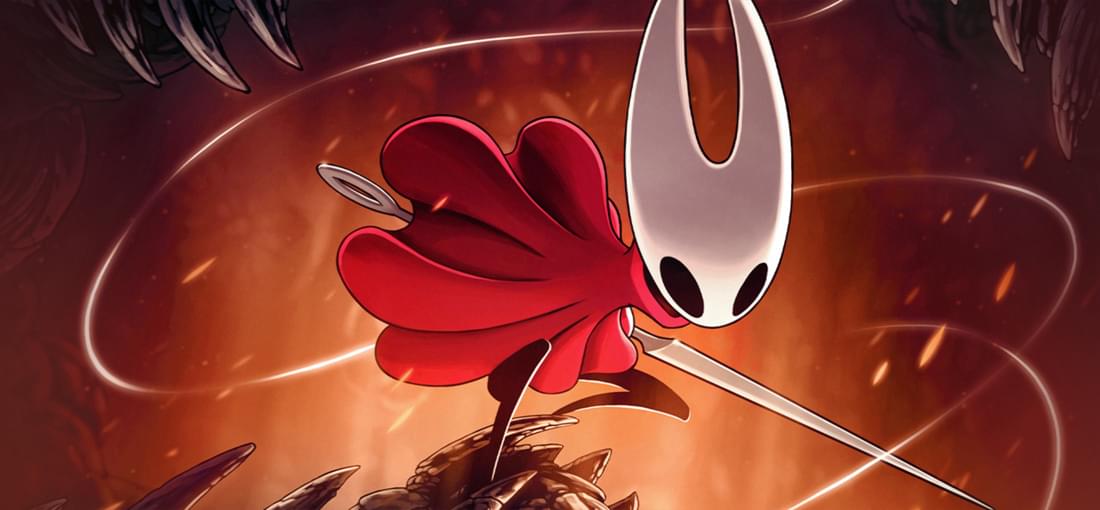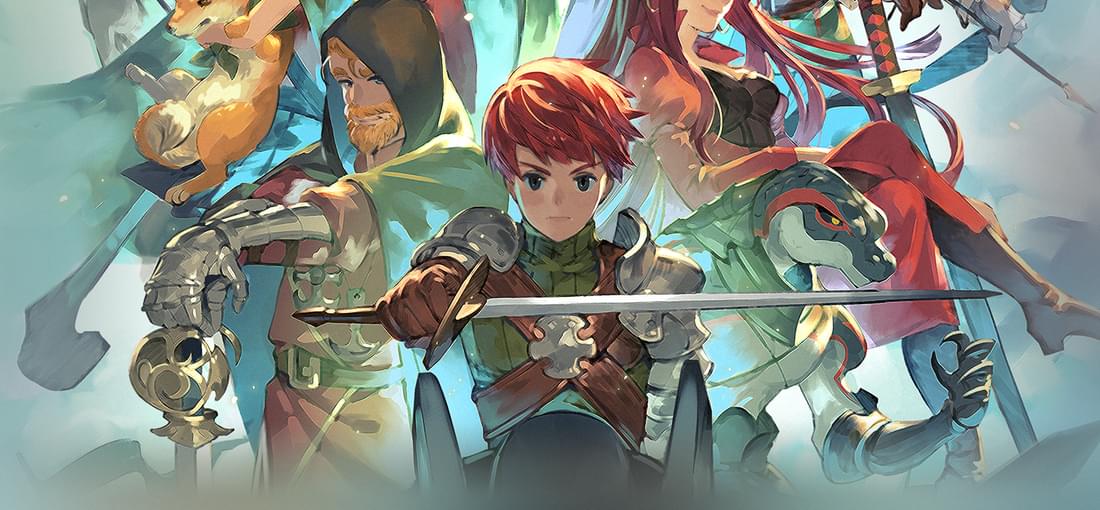


The first version of this review was done after 20+ hours of playtime. Now, I've finished the whole game (100%), it took me over 70 hours and I can update the review. The rating 5/5 stays the same, and most of the previous comments are left unchanged. The game lives up to its predecessor. It has amazing world-building, atmosphere, fights, and platforming sequences — one of the best metroidvanias ever. It doesn't change much in the original formula, so it inherits some drawbacks of the Hollow Knight — high difficulty, sparse checkpoints/travel points leading to lots of backtracking, and going over and over the same platforming sequence to reach a demanding boss. Now, there are three things making the game different: 1) The game feels a bit like a DLC — the game expects the player to know how to play Hollow Knight. The difficulty of the first part of the game corresponds roughly to the second hal of the HK. It is a bold decision of the developers — for the HK veterans, it means the game is engaging right from the start, but for the new players, the game may seem over-difficult. 2) The fights are much more acrobatic/diverse — the common enemies have a very wide palette of moves, and even a simple fight becomes interesting. One has to learn their weak points and exploit the surroundings. The hero has access to various tools, and they are vital to win the fights quickly — you cannot just spam a single attack and expect an easy win. It may look too difficult in the beginning, but as soon as you learn the enemy, it's very satisfying, and IMHO better than in the HK. The bosses of similar quality as in HK. 3) There are quests ("wishes") making the world much more alive than the HK. If the HK world were post-apocalyptic, the Silksong seems to be about preventing the apocalypse and saving the spare sane inhabitants of the world. There is more interaction with NPCs and a more dynamically changing environment. It's another plus. 4) The platformin sections are more engaging than in the HK — there are more of them and while none is as difficult as the famous Path of Pain, they are still very challenging. To sum up, play the game and revel in its glory, but first play master the Hollow Knight — otherwise it may be a tough experience :)

Disclaimer: I would give 4,5 stars, it was allowed… TLDR the game is fun. Fun like old jRPGs from the SNES era. If you have an itch to play something similar to good old FF, Chrono Trigger, etc., then go for it! The good things: + Story — the plot is similar to the jRPGs from the PS/PS2 era (in a good way). The characters are interesting, the lore is mysterious and well crafted. There are some controversial decisions in the second part of the game, but I would rather not spoil the fun. Still, it is a very solid/classical story. + Gameplay — the gameplay is simple and addictive. The player always feels an urge to play "just one more hour". In other words — it's an excellent game :D + Built-in achievements — the game includes a board of achievements, well integrated into the story. It's a nice addition for "100% players". The so-so things: * Bosses — there are many bosses in the game, including numerous optional challenges. Most of them are well-designed (not FF6/Earthbound level, but still cool). The thing is that there is no balance — in the endgame the bosses tend to be easier than normal battles. * In-game guide — the game is designed to be friendly for casual players, e.g. the map always shows you the place you need to go and all the buildings you can enter. It offers some advantages but takes out some fun from looking around for the secrets. * Open world — the game is quite open, similar to many jRPG titles. The exploration feels rewarding and interesting, but there are some weird mechanisms trying to spoil the fun. The worst are the invisible walls. So you cannot visit a place because your character says, "you should not go there". There is no explanation why. It's a very lazy approach to limiting the world. Moreover, some places on the map just "appear". It would be nice to know, why some places are in-accessible in a lore-friendly way. The bad things: - Equipment is boring. You just have sword lvl1, lvl2, lvl3, and so on. Nothing to choose from. There are no alternatives, no decisions to be made. Boring. - User interface is annoying. Somehow it is more clunky than what the NES/SNES/PSX titles had to offer. There are too many pages/too many buttons have to be pressed. It is especially annoying in the crystal system, but even in simple buying things in a shop is annoying. So, let's say you want to buy potions: 1) you first have to press a button to select a potion from the shop menu 2) then you have to use arrows to decide how many you would like to buy 3) then you have to press a button to exit the potion sub-menu 4) then you have to exit the shop 5) then you have to decide whether you want to make the transaction I haven't played a game with such a terrible shopping experience. Therefore, I was avoiding shops in the game. - Too many systems in-game. This is probably the worst thing. You have: 1) ability system — a flat tiered list of abilities unique per character, a worse equivalent of a skill tree 2) class emblems — like equipment from FF9 teach your characters some abilities 3) crafting system — to upgrade your equipment using some crafting materials 4) deal system — to buy things based on the treasures you have found in-game, probably the least intrusive 5) crystal system — materia (FF7)/rune (Diablo 2) system to improve your equipment 6) sky-armors — separate equipment/separate abilities alternative gameplay. Based only on the found special equipment, i.e., ignoring other systems. The problem is that every each is half-baked, and they are redundant, e.g. crystals and abilities overlap. The abilities are too abundant and each costs just a single slot. The crystal interface is annoying, so I would even recommend ignoring it ;) The game would be much better if there were only 1 or 2 but more polished systems. As it is, each of them is worse than its counterpart from other games. Anyhow, I am waiting for a sequel ;)